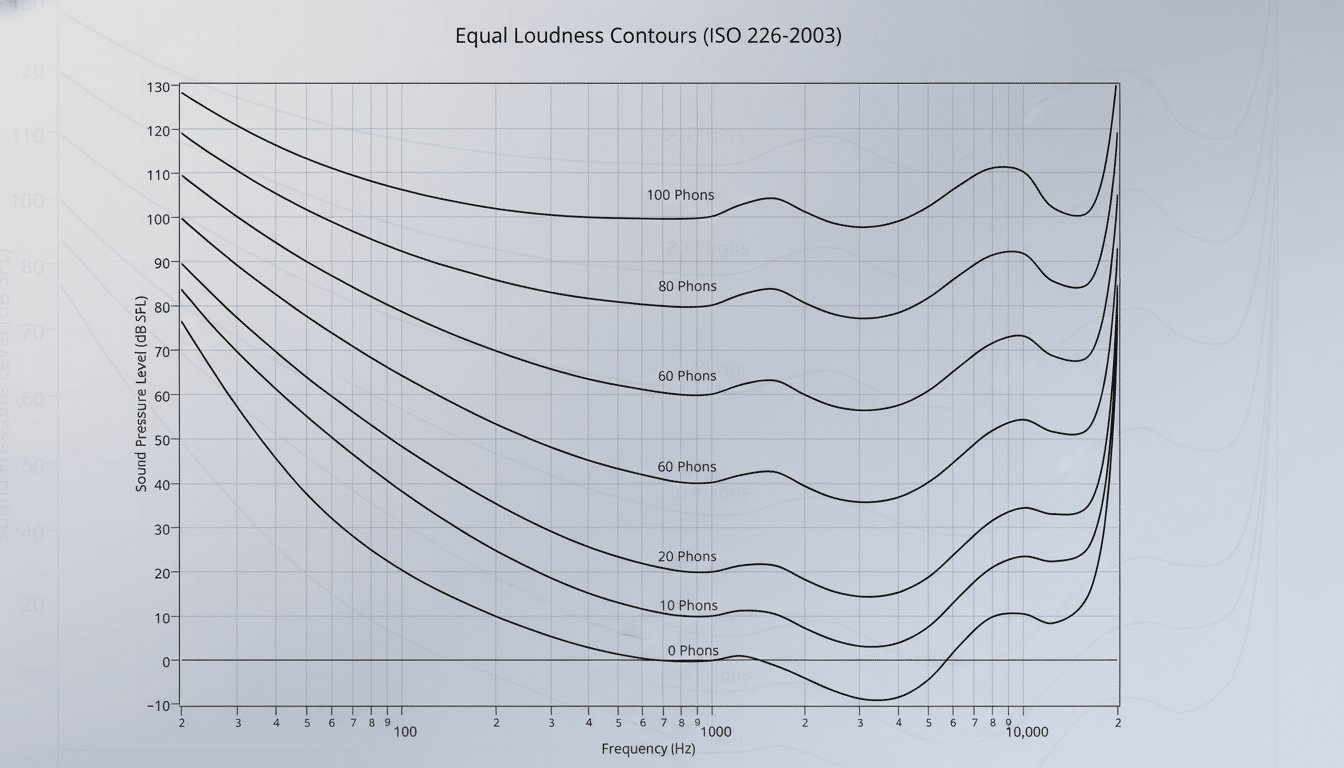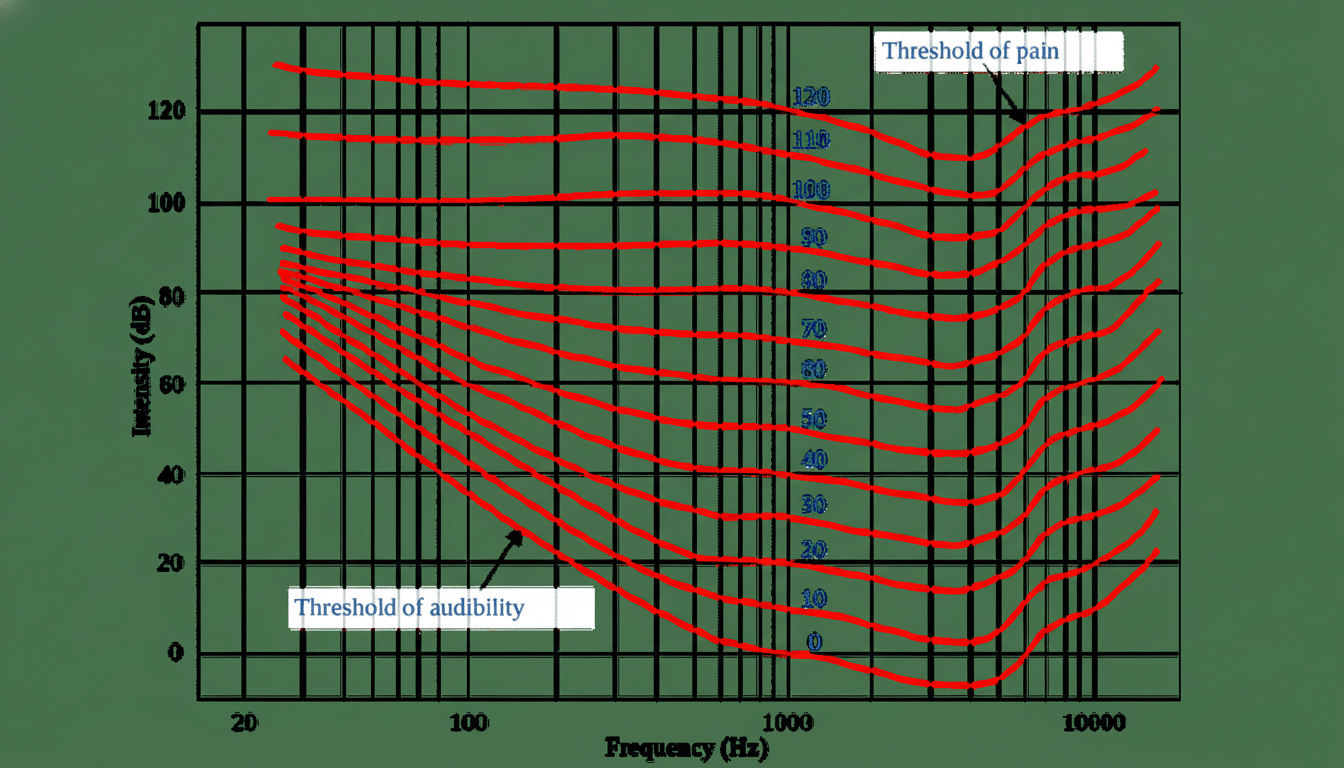Master Your EQ Like A True Audio Nerd
Equalizers aren’t magic bass buttons. They’re precision tools that reshape frequencies so your music, movies, and calls sound truer to life. Dialed in properly, an EQ makes tracks feel clearer, punchier, and more spacious—like someone lifted a thin blanket off your speakers or cans. This guide is a practical, nerd-approved workflow for customizing EQ across headphones, earbuds, speakers, and cars, created from audio engineering fundamentals and preference research from the Audio Engineering Society and Harman’s listening studies that you can actually use.
- A repeatable method to set up EQ with clean levels
- Headphone EQ tips informed by research and listening
- Tuning speakers for rooms where acoustics dominate
- Dialing in car audio EQ with restraint and clarity
- Genre presets that actually help across key styles
- Final checks, reference tracks, and loudness settings
- Save profiles by context and avoid constant tweaking

EQ changes the balance of these critical frequency zones. Small shifts in these zones can dramatically influence perceived punch, warmth, clarity, and detail. Your ears don’t hear all of these zones equally at all volumes. ISO 226 equal‑loudness contours mean that, at a low volume, bass and treble feel nearly missing. That means: always tune at the volume you usually listen at, or your EQ will fall apart when you go up or down.
- Sub-bass: 20–60 Hz
- Bass: 60–200 Hz
- Low mids: 200–500 Hz
- Mids: 500 Hz–2 kHz
- Presence/upper mids: 2–6 kHz
- Sibilance: 6–8 kHz
- Air/treble: 8–16 kHz
A repeatable method to set up EQ with clean levels
- Start from flat and level‑match before and after any change. Make small moves first—±1 to 3 dB is plenty.
- Leave headroom by lowering a global preamp slider by about 3 dB if your software offers it; cuts are usually cleaner than boosts.
- For parametric EQ, start with a gentle Q (0.7 to 1.4) and only widen or narrow as needed.
- Work by bands: if bass feels thin, add a low shelf around 40–80 Hz; if it’s boomy, cut 120–250 Hz a touch. Mud often lives between 200–400 Hz, and clarity rides in the 1–3 kHz region.
- If vocals bite, reduce 3–5 kHz slightly; if consonants hiss, trim 6–8 kHz. Add “air” sparingly above 10 kHz.
- Finally, recheck the overall level so “louder” doesn’t trick you into “better.”
Most wireless models include EQ in their apps, and popular options also offer hearing tests or auto‑tuning features that adapt to your profile—e.g., features in mainstream headphone apps and mobile OS accessibility tools. For wired gear, desktop software such as Equalizer APO with a Peace interface on Windows, or SoundSource and EQMac on macOS, gives you system‑wide control. On Android, apps such as Wavelet can apply parametric filters to many models.
Headphone EQ tips informed by research and listening
Research conducted by Harman’s Sean Olive suggests that, on headphones, many listeners prefer a mild bass lift with a smooth treble rise—in other words, a balanced preference curve rather than a V‑shaped cartoon. As an example: a +2 to +3 dB low shelf near 70 Hz, a −1 to −2 dB dip around 200–300 Hz to clear mud, a +1 to +2 dB push at 2–3 kHz, and a careful +1 dB at 10–12 kHz for air. If sibilance crops up, ease 7–8 kHz by about a dB.
Tip: ear tips and fit change the bass dramatically. If you swap tips or pads, recheck your EQ. A better seal often means you can cut low‑end boosts.

Tuning speakers for rooms where acoustics dominate
Rooms dominate speaker sound. Placing speakers in the middle of rooms or away from corners reduces boundary gain; a wall can add several dB of bass and smear definition. Soft furnishings tame reflective highs. If you want to measure, Room EQ Wizard with a calibrated mic is a budget‑friendly path many gearheads walk.
Indoors, if it sounds thick, cut 200–400 Hz by 1–3 dB. Outdoors, bass rolls off; add +2 to +3 dB at 60–120 Hz and a light +1 to +2 dB shelf to restore sparkle. In bright rooms with hard surfaces, reduce 6–10 kHz by a dB or two; in heavily carpeted rooms, you might add a touch instead.
Dialing in car audio EQ with restraint and clarity
Cabin gain amplifies lows, so restraint pays off. Set balance and fader first, then set bass to no more than +2 to +4 dB to avoid boom. Keep mids close to neutral for intelligible vocals, and add +1 to +2 dB around 2–3 kHz if speech feels recessed. If cymbals or female vocals are sharp, pull 4–6 kHz down by about 1 dB. Reduce overall level slightly if you’ve boosted multiple bands to avoid distortion.
Genre presets that actually help across key styles
- Electronic and hip‑hop: add a +2 to +3 dB sub‑bass shelf at 40–70 Hz, dip 200 Hz by 1–2 dB to avoid bloom, and add +1 dB near 9–10 kHz for air.
- Acoustic and classical: keep bass lean with a +1 dB shelf at 100 Hz, carve −1 to −2 dB around 300 Hz for clarity, and lift 10–12 kHz by about 1 dB.
- Podcasts and calls: roll off lows below 80 Hz, add +2 dB at 2–4 kHz for articulation, and trim 7 kHz by 1 dB if “s” sounds sting.
Final checks, reference tracks, and loudness settings
Use consistent material when tuning and level‑match while you A/B your EQ on and off. If you can’t reliably hear a difference, the change is either too small to matter—or exactly right. Remember that streaming services often normalize loudness; evaluate with that setting consistent so your EQ decisions stick.
- A vocal‑forward track
- A bass‑stress track
- A dense rock mix
- An airy acoustic piece
Save profiles by context and avoid constant tweaking
Save profiles for different contexts and don’t chase perfection profile by profile on every song. The consensus among audio engineers is clear: small, deliberate adjustments beat the curve. At a leisurely pace and with some reference moves, you’ll tailor your EQ like a real audio nerd—and have even more fun with what your gear is already capable of.

